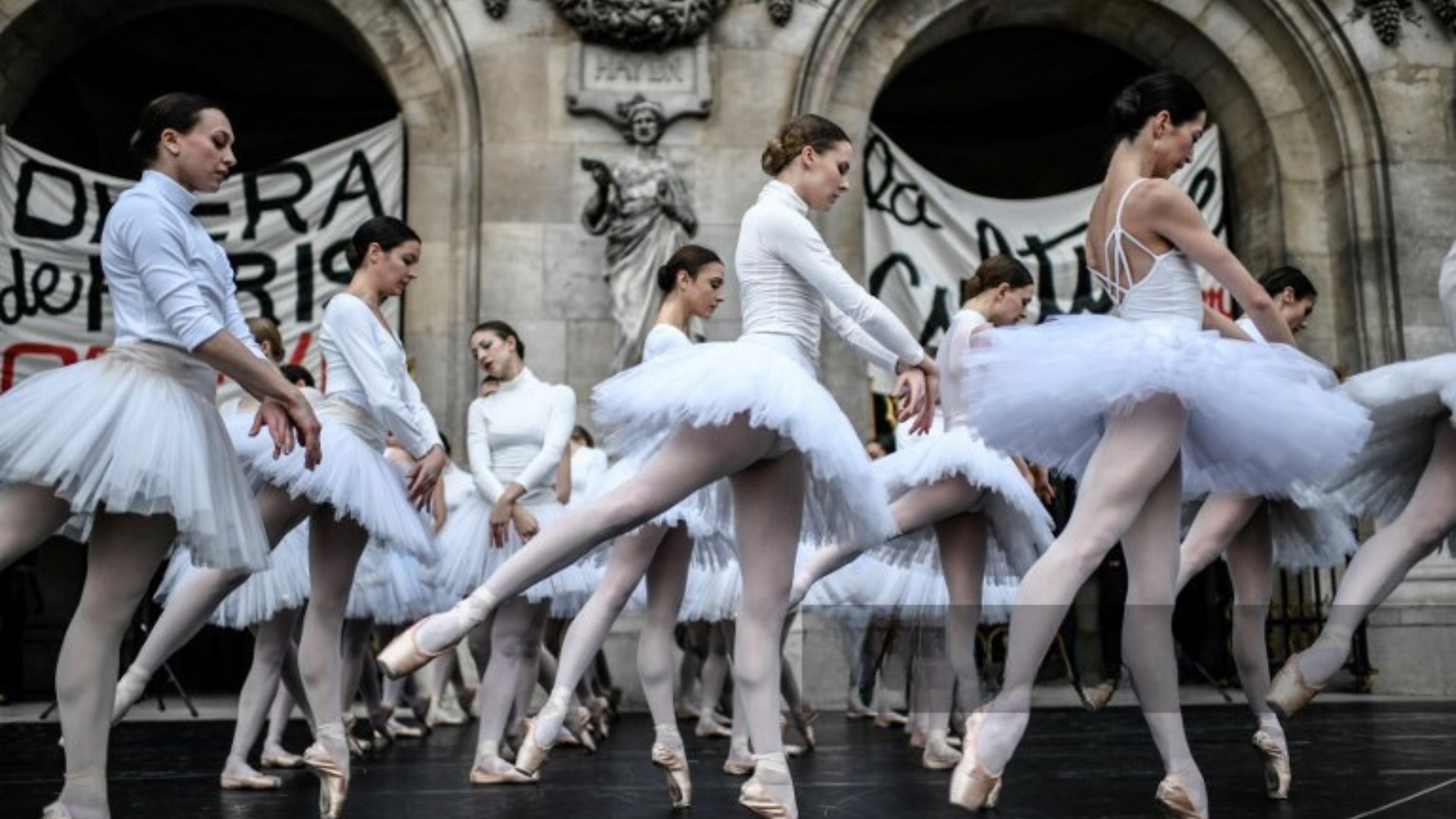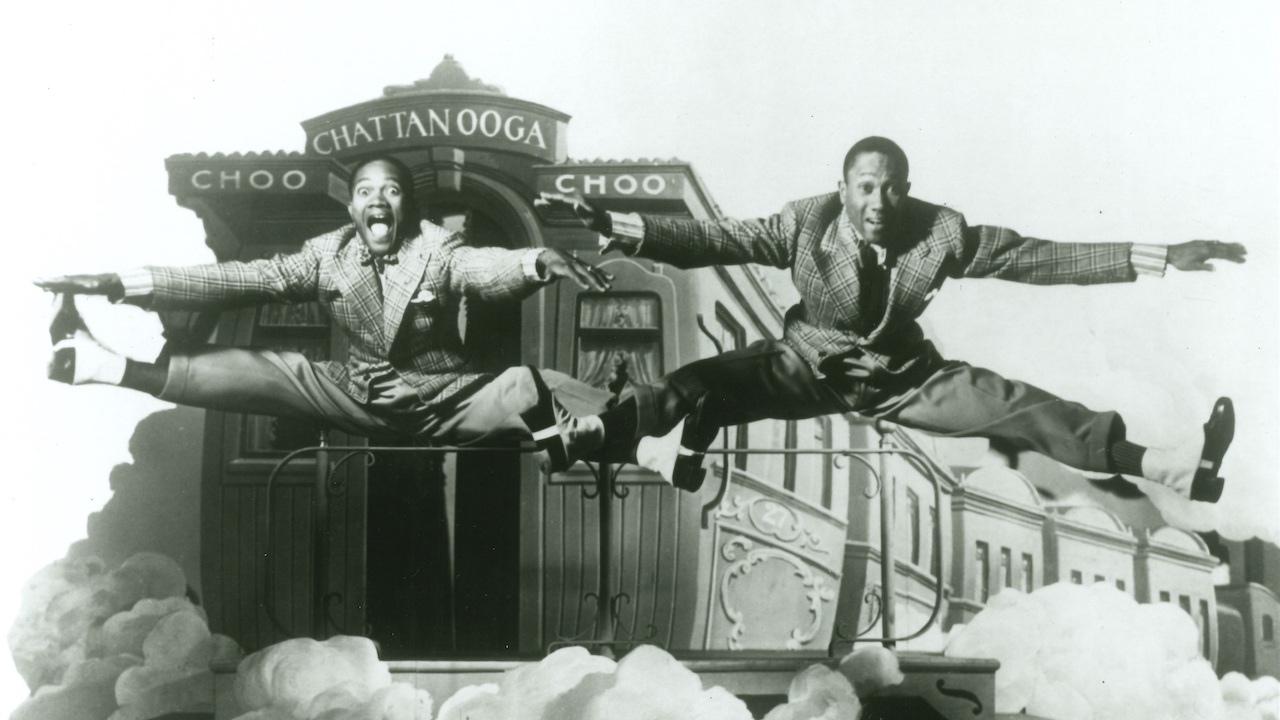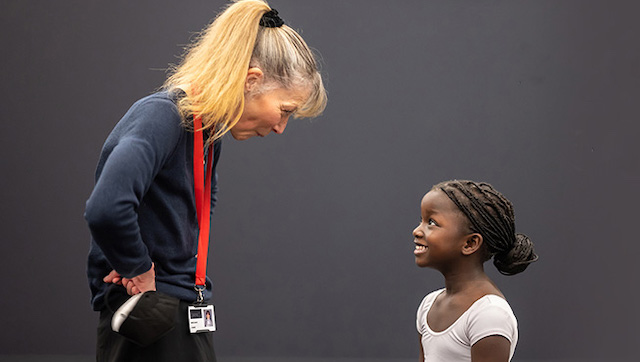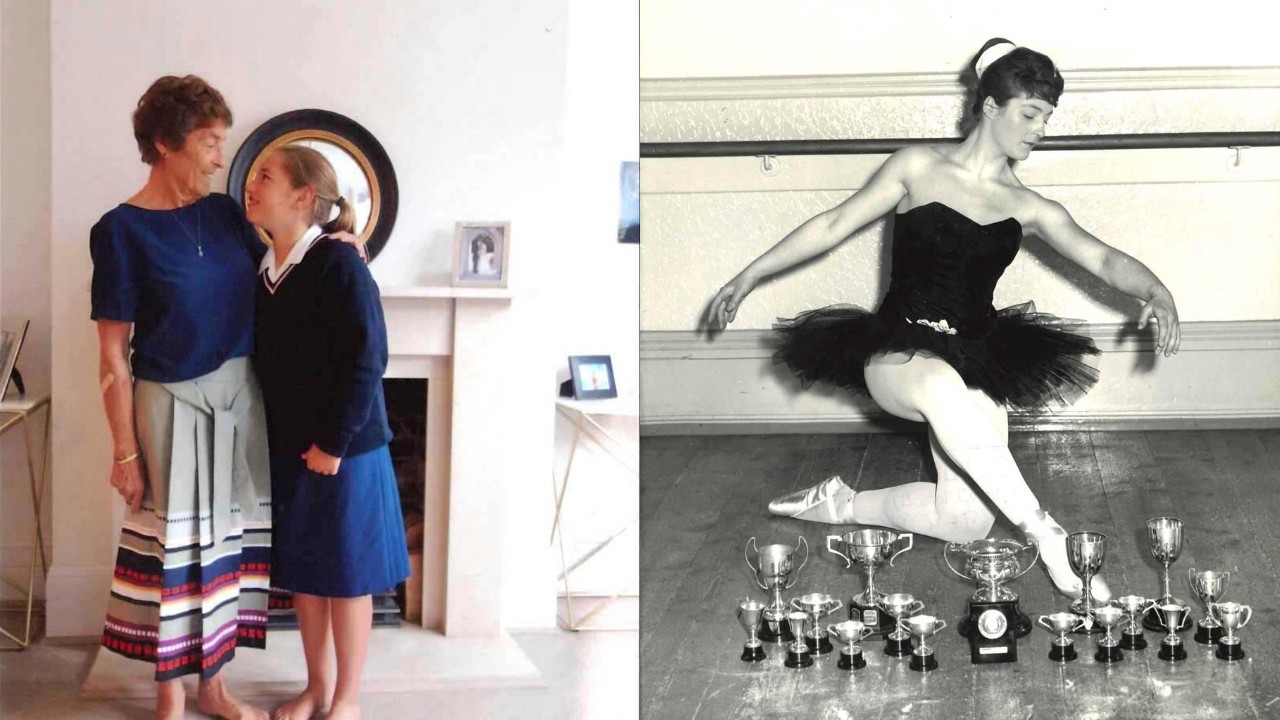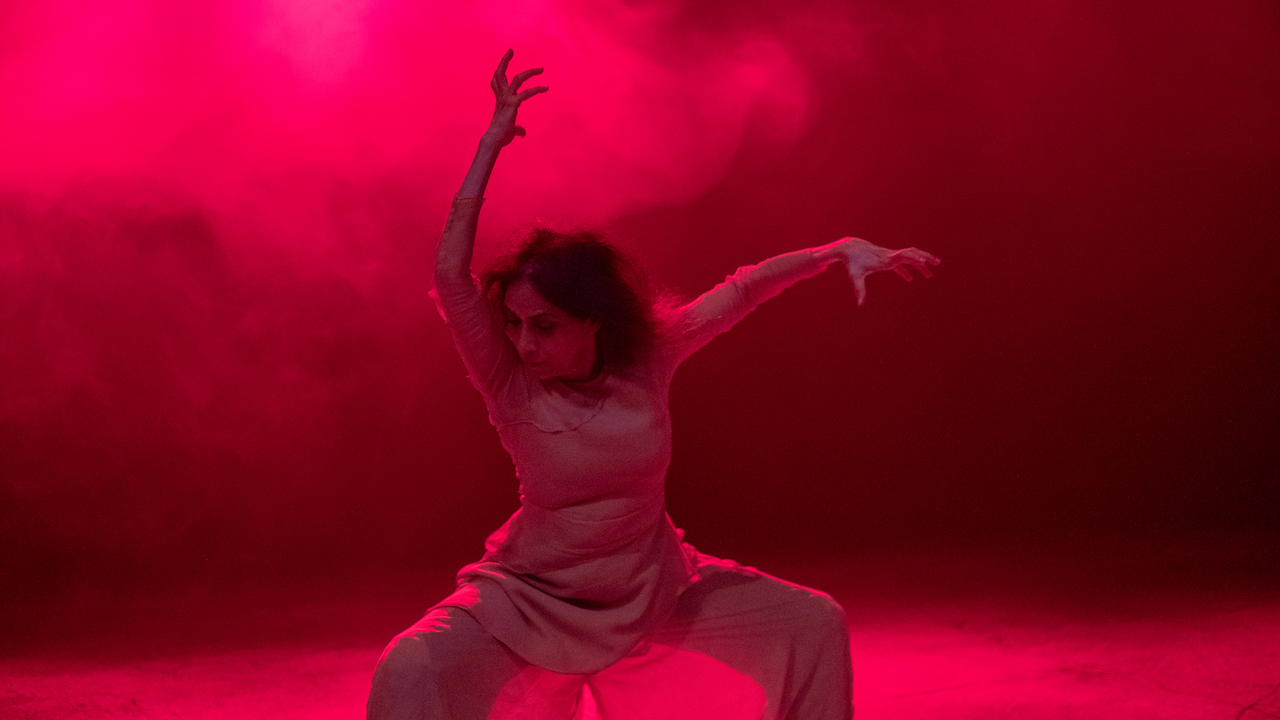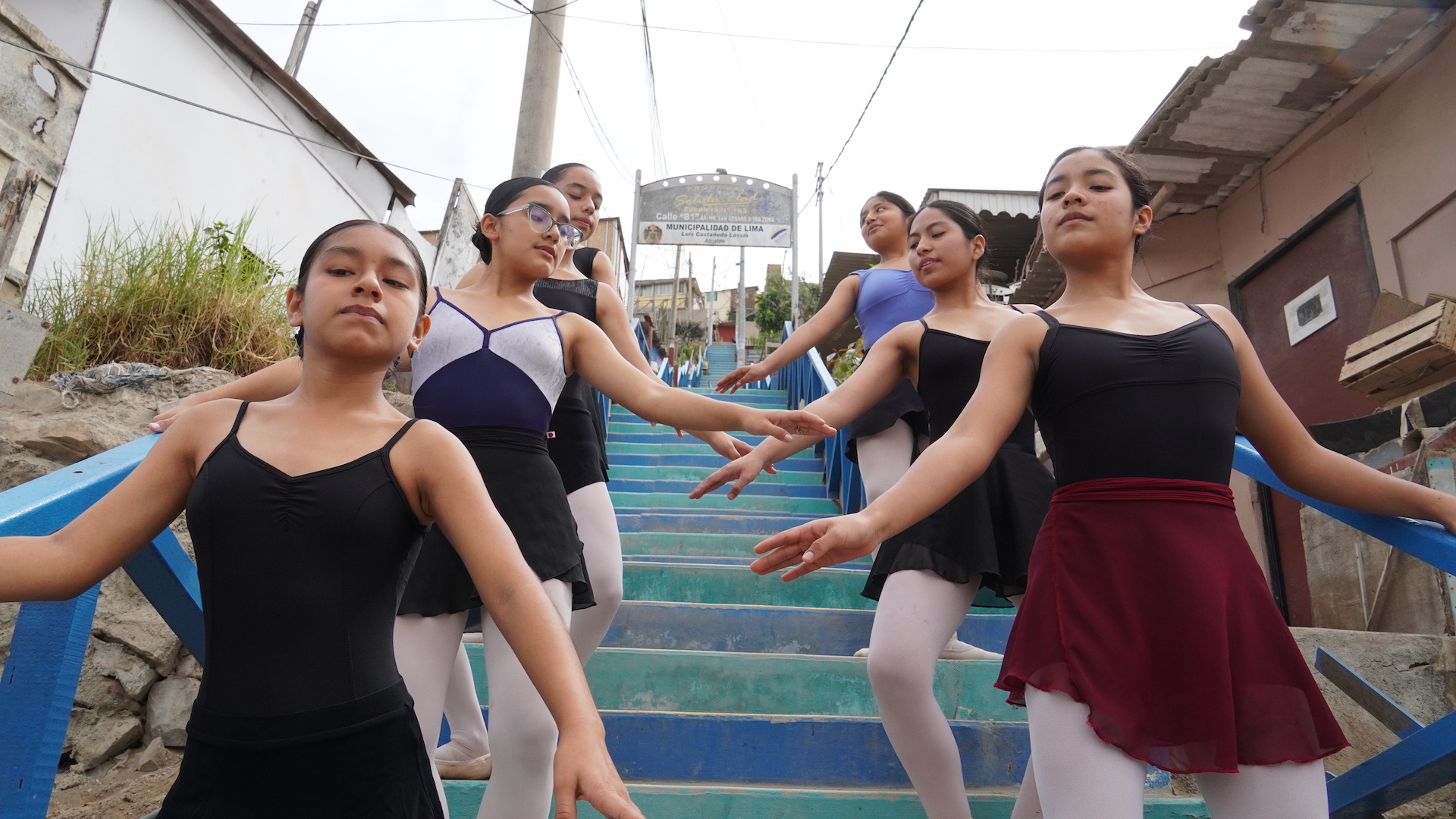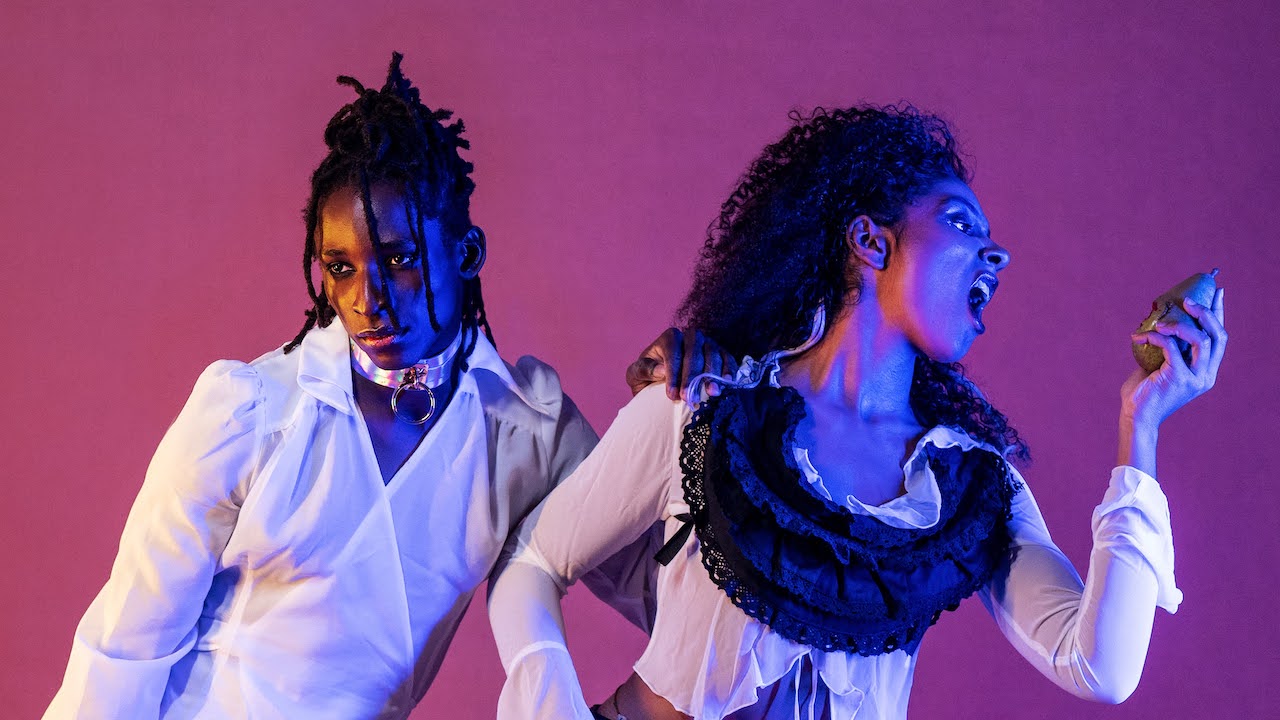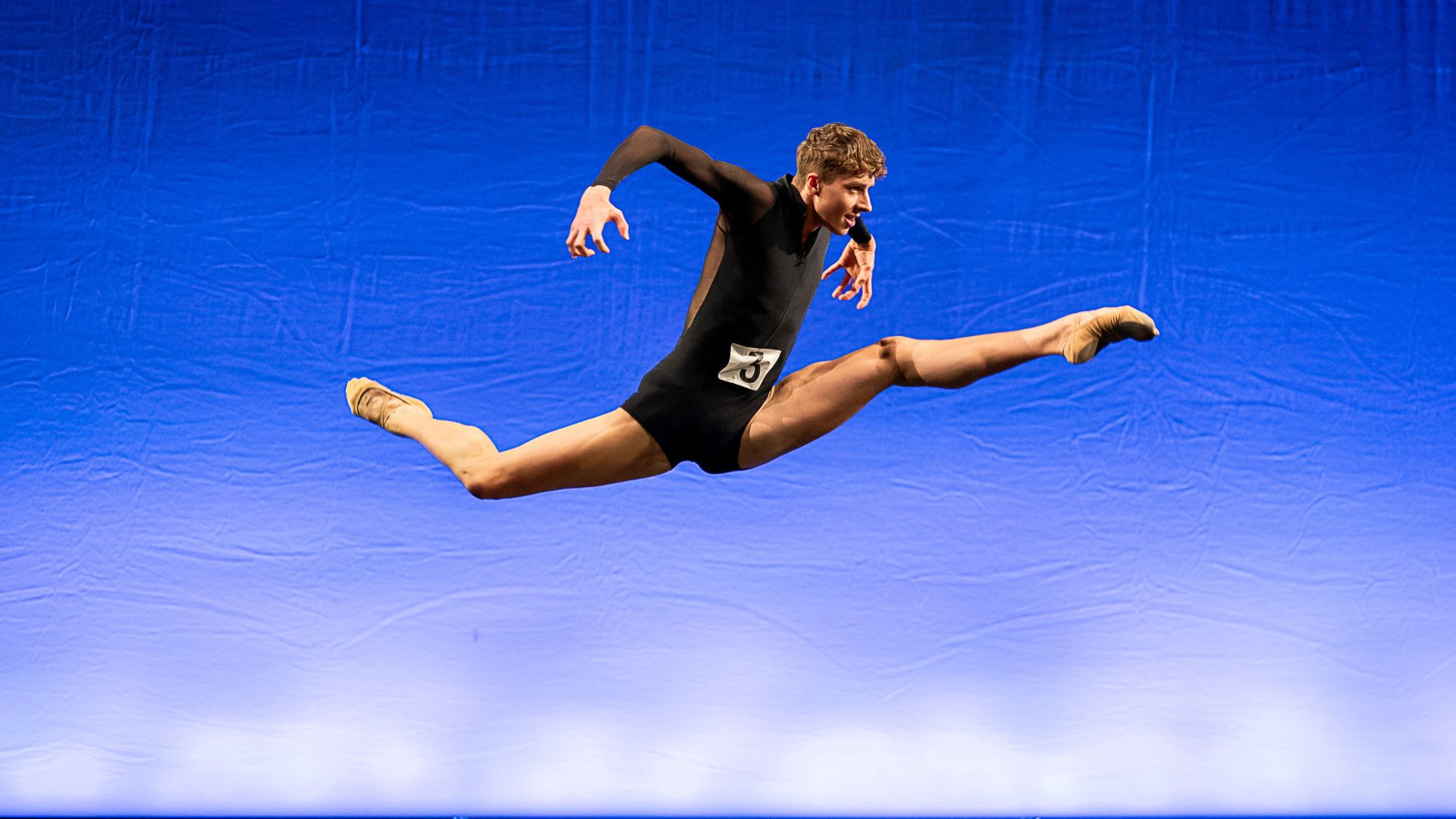There’s always a palpable air of anticipation in the theatre as the lights dim and the audience quietens expectantly before the curtain gently rises. On the Melbourne opening night in June of the Australian Ballet’s (AB) production of Identity, however, the evening took quite a different turn.
There was no overture, no curtain rising. Instead, a young male dancer stepped out from behind the curtain, microphone in hand, to announce that the evening’s show would be a little different from usual. Corps de ballet dancer Matthew Bradwell explained there would be a 15-minute delay to the show’s opening as the dancers had voted overwhelmingly in favour of industrial action to protest what they argued was an unsatisfactory new workplace agreement.
It is known as ‘holding the curtain’ and Bradwell directed the audience to the leaflets many had received on arrival from representatives of the dancers’ union, the Media Entertainment and Arts Alliance (MEAA), outlining the reasons behind the strike.
‘There was applause, it wasn’t vociferous, but there was applause,’ says one audience member who was in the State Theatre that night. ‘Everyone remained in their seats and after 15 minutes the dancers came out and performed Identity.’ Two days later, the industrial action was repeated.
‘The dancers are devastated that they’ve had to take this action and are really hoping they won’t have to take further, more drastic action,’ says a source close to the dancers who spoke on condition of anonymity, as the dancers’ contracts prohibit them publicly discussing pay and conditions.
It is 42 years since the AB dancers last took industrial action, a symbol both of the respect they have for their jobs and their audiences, but also of how seriously they regard the situation.
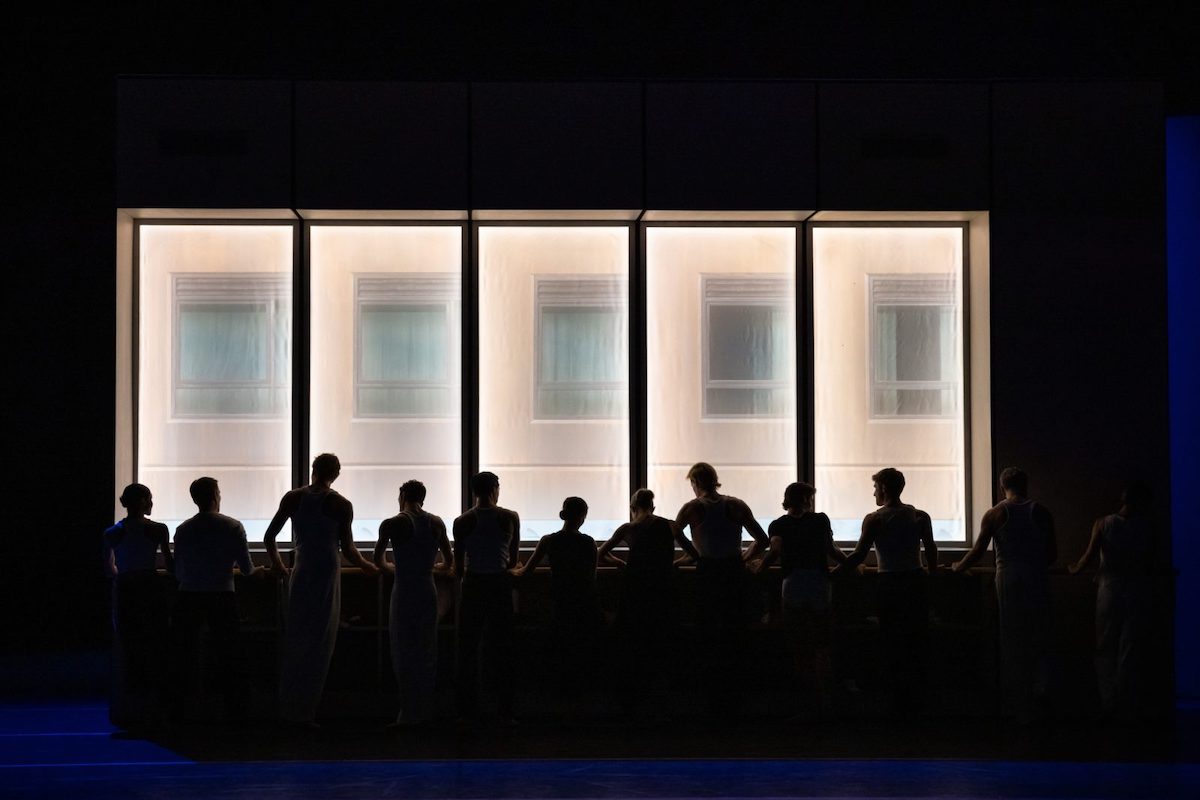
They are not alone. The Paris Opera Ballet (POB) cancelled two shows of L’Histoire de Manon in July to protest what the dancers argue are unacceptable wage and working conditions, calling for broader recognition and compensation of the non-performance time they spend warming up and doing hair and make-up before rehearsals and show. This comes just three years after the strikes of 2019/2020 when the POB protested President Macron’s proposal to raise the national retirement age to 64, something that is simply impossible in the classical dance world. Not only did the POB cancel 45 shows but the dancers, accompanied by the Paris Opera orchestra, staged two free excerpts of Swan Lake on the steps of the Palais Garnier to express their discontent. Far-reaching nationwide demonstrations across all professions resulted in the government agreeing to temporarily withdraw the plan.
But it isn’t just dancers who are waging industrial action. The members of the Orchestra of the Royal Opera House in London who accompany the Royal Ballet recently voted overwhelmingly in support of potential strikes to express their dissatisfaction over the fact their pay and conditions remain at Covid-restricted levels, which saw them take a 10% pay cut. And in an unprecedented situation, Hollywood’s screen writers and actors were also on strike over improper payment for streaming and protection against AI and digital recreation. The protests began in May and, for the writers at least, are only now being resolved.

‘Strikes tend to be a last-resort option in the ballet world’
Laura Cappelle
It is so unusual for dancers to take industrial action that the AB and POB strikes caused international headlines. ‘Strikes tend to be a last-resort option in the ballet world,’ says Paris-based arts writer and critic Laura Cappelle, pointing out that negotiations with union representatives and mediation will typically find a resolution before strikes are necessary.
There are various reasons industrial action isn’t commonplace among professional dancers. The nature of ballet requires dancers to begin learning at a very young age, when schools typically teach rigid obedience and observance of a strict hierarchy that continues into their professional careers. Challenging their conditions is traditionally not part of the culture.
Positions within ballet companies are highly coveted and professional dancers know only too well how expendable they are. ‘Competition for company positions is fierce – there is always someone waiting to take your spot if you complain,’ says Cappelle. Added to that is the insecure nature of employment. Companies including the AB employ dancers on annual contracts, while in America and the contemporary dance world dancers are typically on part-time or casual contracts, forcing them to find alternative employment between seasons. ‘When your contract is up for renewal every year or even every two years there’s an inherent risk in organising and attempting to raise issues with the very managers who can let you go at short notice,’ says Cappelle.
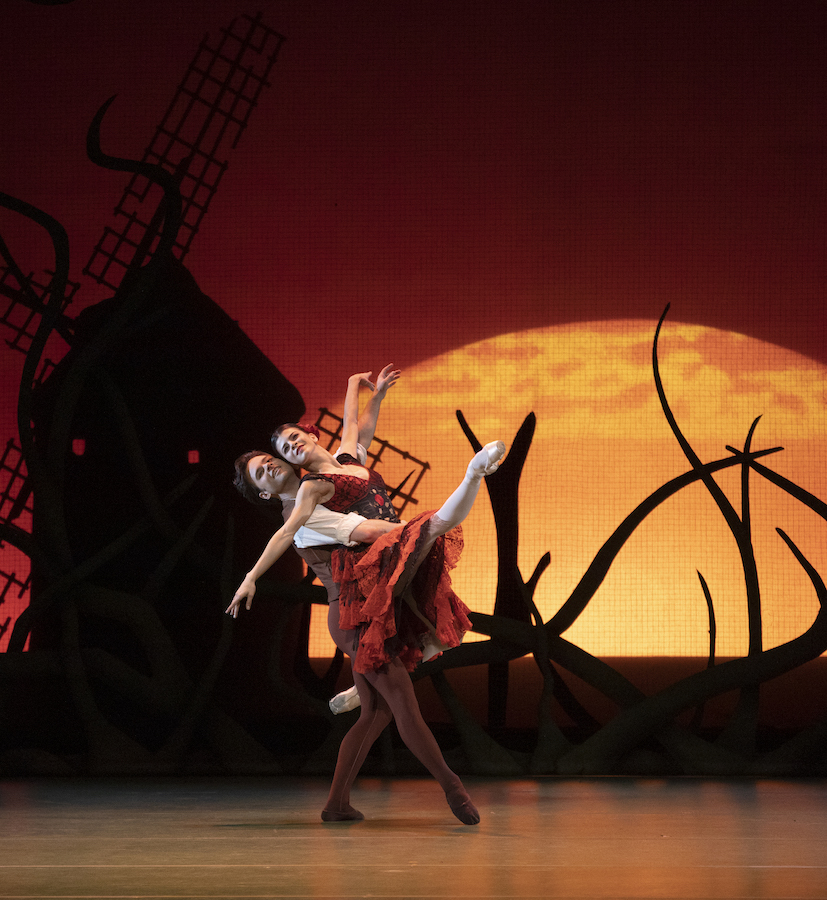
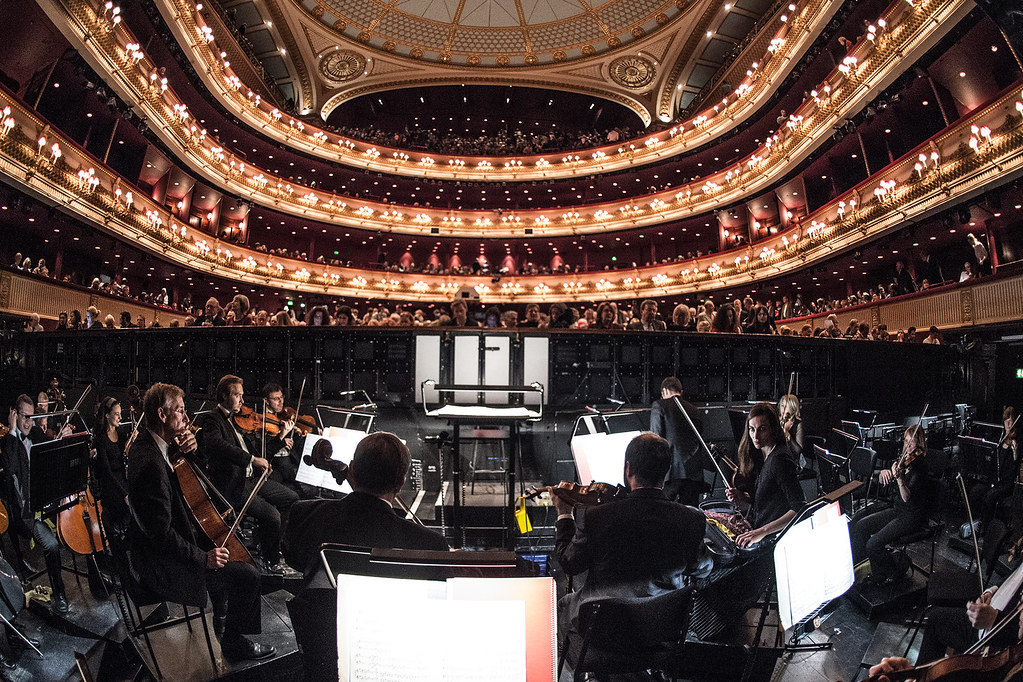
Perhaps most importantly, for most dancers ballet is not a job, it’s a vocation. Quite simply, it’s their life, and they will pull out all stops to make sure the show goes on.
Nevertheless, dancers and artists the world over are increasingly voicing their dissatisfaction about their pay and working conditions. It may be subtle, but there is a discernible shift taking place in studios around the world where dancers are resisting the hierarchy that requires them to sit on the studio floor like children while being addressed by choreographers or management. More than one dancer-turned-choreographer I spoke to expressed their determination to change the status quo and treat dancers equally.
‘Dancers and choreographers within the ballet world have a lower tolerance to being infantilised and are more willing to speak up for their rights and individual needs,’ observes Cappelle, noting that the long periods of pandemic-induced time off stage and away from the relentless routine of rehearsals and class gave them time to reflect.
For others it is a simple fact of the tough economic environment so many are experiencing as a result of the high cost of living. With inflation peaking at 13% in the UK and the ROH musicians still operating under the 10% pay cut, they are in real terms 23% worse off than previously. In late July they offered management a six-month window to demonstrate a commitment to returning their pay to pre-Covid levels, or they would consider industrial action.
‘The cost of living crisis has eaten heavily into salaries that are rarely generous in the arts world and that has caused people to seriously contemplate action that would previously have been unthinkable,’ says Musicians’ Union London Regional Organiser Jamie Pullman.
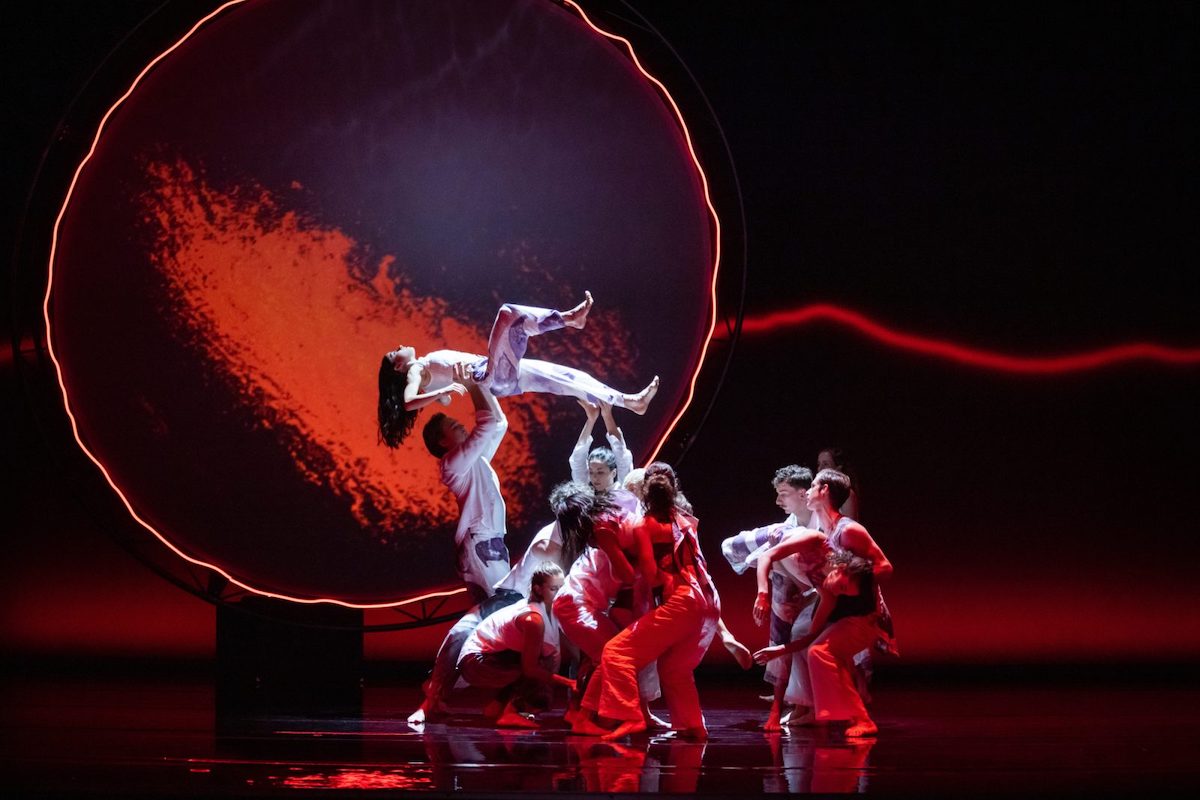
Back at the Australian Ballet’s headquarters the situation remains at an impasse over the level of wage increase. Some agreements have been reached, including fees for dancers appearing in live streamed performances and a trial extended lunch break during rehearsal weeks to address fatigue management. But the sticking point remains a long-established clause guaranteeing dancers pay would keep pace with inflation.
With inflation at an all-time high the company argues it cannot afford a pay rise in line with CPI and still run sustainably, but that what they are offering is generous and comparable with other companies in the industry.
According to MEAA union representative Michelle Rae, however, a dancers survey to establish the level of financial difficulty revealed some dancers were being forced to cut their private health insurance, while others were resorting to eating tuna and rice to make ends meet. A call to arms among ballet audiences resulted in 2000 emails being sent to management supporting the dancers’ call for a wage increase above the CPI in accordance with the agreement.
Chief executive officer Lissa Twomey points out the company has already made generous offers to the dancers in spite of the significant financial hit the company took during Covid and continues to take as a result of the economic climate where audiences have yet to return to pre-Covid levels. The company also faces a loss of revenue from the impending three-year closure of the State Theatre for renovation (a touring company, the AB also performs in other state theatres including the Sydney Opera House).

‘The public understands the importance of a ballet dancer to a company. It’s time for management to do the same’
Michelle Rae
‘Pre-pandemic box office represented 65% of our revenue – at the end of 2022 that was down to 45%,’ Twomey says. ‘We fully respect our dancers and provide ultimate care for them, but we need to constructively work together to achieve something that’s sustainable for the company. We need to come together to find a mutually agreeable position, and I’m hopeful we will be able to do that very shortly.’
The dancers recently paused negotiations during their long-planned tour to the Royal Opera House for its 60th anniversary celebrations in August, but are now back and showing no signs of backing down. Just weeks out from the much-hyped world premiere of artistic director David Hallberg’s ‘reinvention’ of Anne Woolliams’s Swan Lake, there are many waiting nervously to see what happens next.
‘Since the industrial action the company has only offered a further 0.5% increase which was put to a formal vote and resoundingly voted down. Dancers are not alone in being under-valued. The SAG actors are out on strike, the writers are out on strike. It’s all linked. For too long the value the artist brings to a product has been under-valued and the priority has been about economics rather than art,’ says Rae. ‘The public understands the importance of a ballet dancer to a ballet company. It’s time for the board and management to do the same.’
Jane Albert, an author and journalist specialising in the arts, writes for the Weekend Australian, Australian Financial Review and Good Weekend among others.

